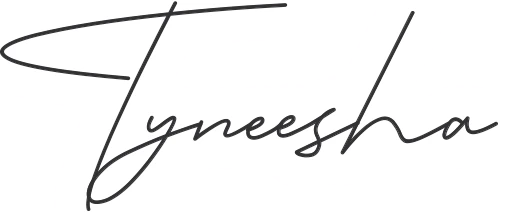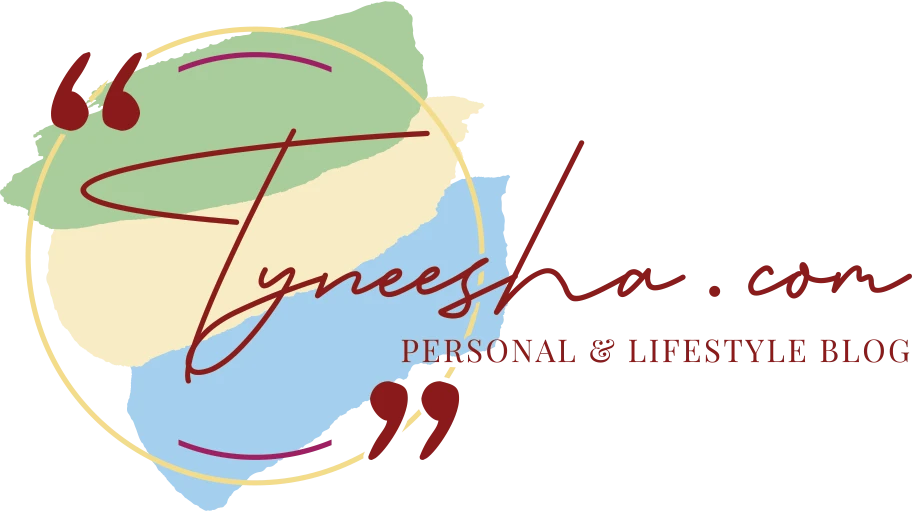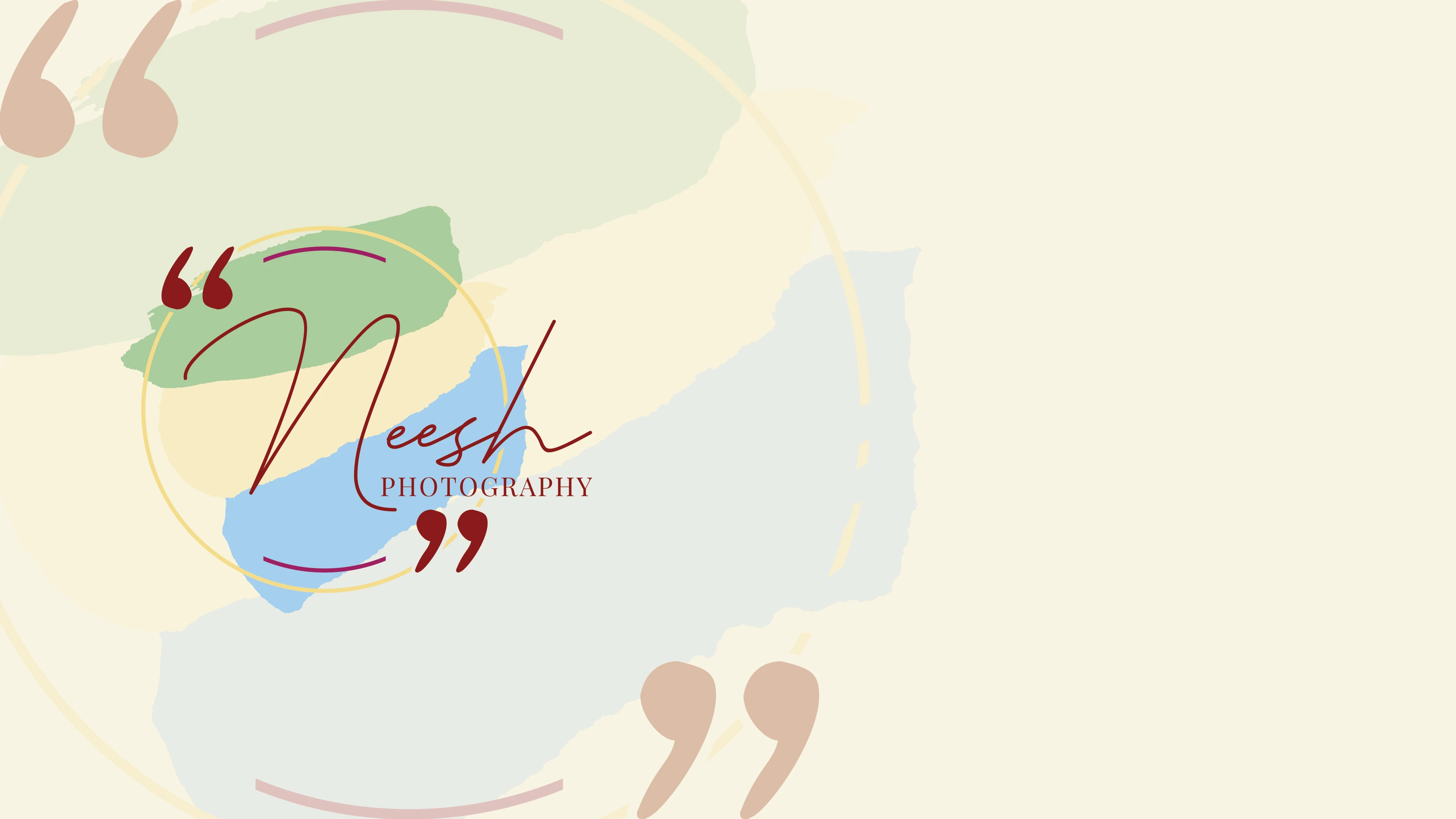27th July, 2024
In my project pitch, I outlined my aim to expand my photography business and explore the possible interplay between business pragmatism and creative outlet:
“I aim to explore how unpaid work can blur the lines between commerce and creativity. In essence, my project aims to leverage photography not only as a means to expand my business but also as a tool to strengthen community ties and explore interplay between business pragmatism and artistic expression.”
Me, like two months ago
This blog post will act as an update of my work on this project since then, outlining key learning moments and reflecting on iterations and events that kicked off with the conceptual frame proposed in my pitch.
Key Learning Moments
1. Volunteer work resulted in paid work
In my pitch, I mentioned volunteering at Green Connect Farm. This job was one that reignited my love for photography after I was feeling burned out and down on the subject – I was happy to do it for free. As an update, this volunteer work unexpectedly lead to paid work! I had already deemed my volunteer work rewarding by way of exposure – as their social accounts continually posted my photographs and made sure to tag/credit me in doing so. But directly getting work because of it wasn’t something I’d anticipated.





About a month ago, Community Resources (the organisation who oversees Green Connect) reached out to offer me a paid job, photographing the Green Connect farm once again, along with staff and volunteers, for content to use in their annual report. They provided a detailed and concise shot list, which was handy and straightforward. I was chuffed to have such a clear direction given to me. But I couldn’t help but notice how it changed my approach to photography. With a paid job, I took fewer photos but edited them more efficiently than I did when I was unpaid. This experience allowed me to directly compare my work process between unpaid and paid assignments, which was interesting to see in practice. I wrote a blog post on the subject.

2. Photography is slow…
I quickly identified time as a major factor in the conceptual make up of this project. During our peer review podcast, Ash, Alana and myself spoke about time scarcity in a post-covid context. This applies to photography not only in the way that I’ve struggled to find time between jobs, uni and life to dig into creating my photography content on a regular schedule…but also reflected in my photography process.
While I’ve learned to think on my feet while on the job, making quick decisions to change settings, angles, techniques, etc., I realised that the editing process and communication with clients took a significant amount of time.
What’s more, the lack of direction or deadlines associated with unpaid work left me free to take exorbitant amounts of images, as I wasn’t ‘on the clock’ so to speak. This led to a dilemma: I had upcoming paid projects that I needed to prioritise but a time consuming mass of unedited photos for volunteer jobs.
To address this issue, I began exploring ways to speed up the editing process without compromising the quality of my work. This involved optimising my sorting process, streamlining post-production tasks, and seeking feedback from peers in the field. While there’s no shortcut to the meticulous editing process, these efforts have allowed me to meet tighter deadlines and better align my creative vision with commercial demands.
3. Navigating Legitimacy
When attempting to get volunteer work, it proved difficult finding worthy causes to get involved with, and when I did, I found that many organisations might be hesitant to respond to my request, either due to a perceived illegitimacy of unpaid work, or because there is often extra processes to go through for volunteer work. Some organisations didn’t respond, others took time.
This made me question the sustainability of offering unpaid services and raised concerns about the hyper-production prevalent in today’s creative industries. I began to explore ways to prioritise paying gigs without sacrificing my passion and motivation for photography, which I detailed in a recent blog post on maintaining passion.
In my pursuit of community involvement, I contacted various organisations and events. One notable response came from Culture Mix, which embraced my offer to photograph their event. However, a broken website form revealed the importance of streamlined communication. Fixing this issue brought another challenge – an influx of spam emails. This experience prompted me to rethink how I could maintain legitimacy while simplifying my communication processes.
Next Steps
Taking on feedback from my tutor, I may try reaching out to organisations from a journalistic perspective, aiming to overcome the potential discomfort associated with offering free photography services, and avoid any extra steps. I look forward to continuing to develop my frame of reference and understanding of my project, and with a few more jobs booked in, I’m sure there’s more unexpected things to learn.






